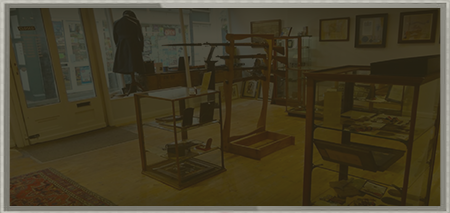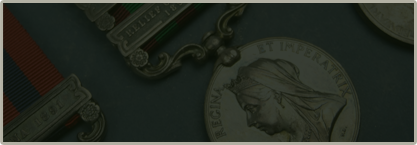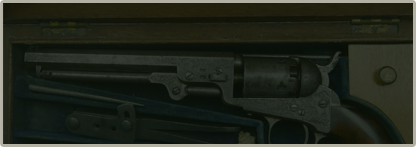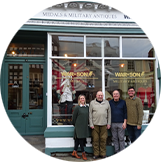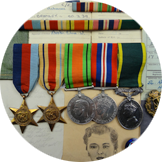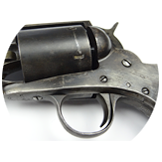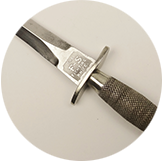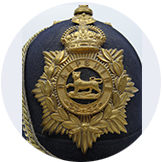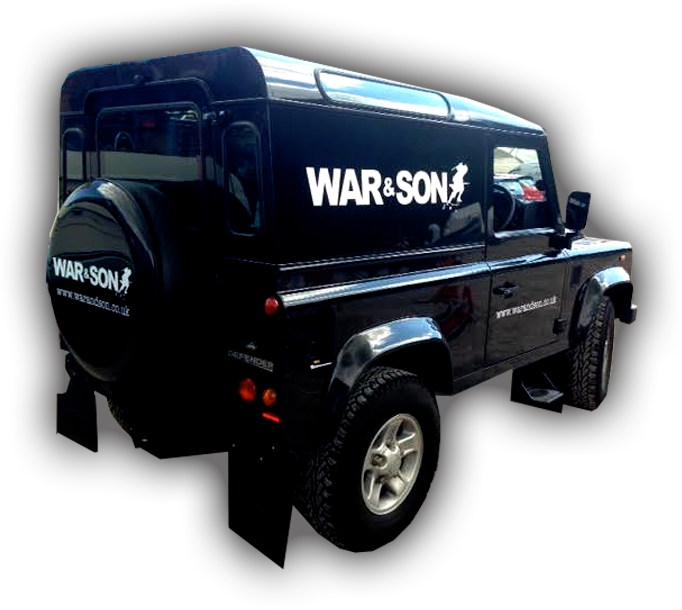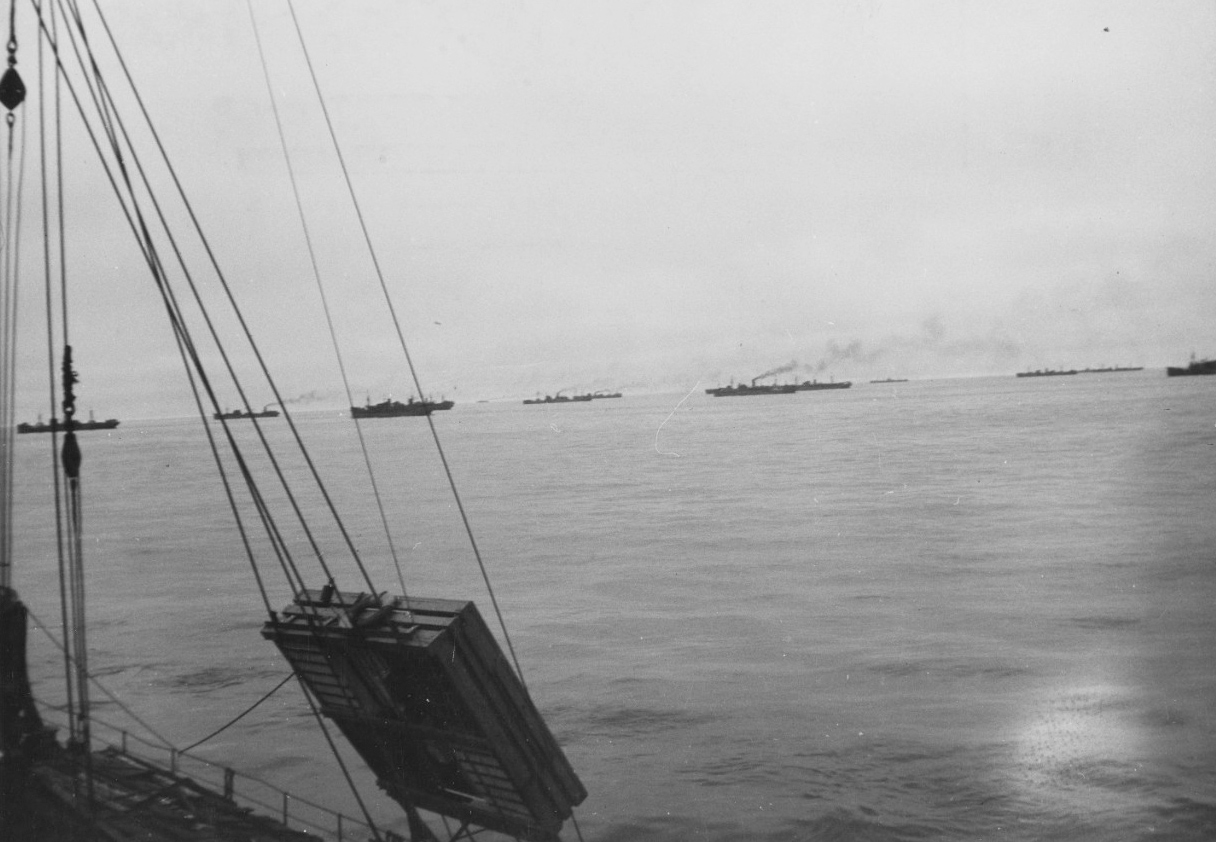 The figures of the legendary PQ-17 convoy are staggering. Assembled at Reykjavik on 27 June 1942 was a formidable gathering that comprised 22 American, 8 British, 2 Russian, 2 Panamanian and 1 Dutch merchant vessels. In their holds they carried sufficient supplies to re-arm a good portion of the Stalin's forces: 297 aircraft, 594 tanks, 4246 military vehicles and over 150,000 tons of other vital military stores and cargo: but most of this equipment never reached Russia, for just a few days later, following Sir Dudley Pound's fateful order for the convoy to scatter, no less than 23 of the ships were lost.
The figures of the legendary PQ-17 convoy are staggering. Assembled at Reykjavik on 27 June 1942 was a formidable gathering that comprised 22 American, 8 British, 2 Russian, 2 Panamanian and 1 Dutch merchant vessels. In their holds they carried sufficient supplies to re-arm a good portion of the Stalin's forces: 297 aircraft, 594 tanks, 4246 military vehicles and over 150,000 tons of other vital military stores and cargo: but most of this equipment never reached Russia, for just a few days later, following Sir Dudley Pound's fateful order for the convoy to scatter, no less than 23 of the ships were lost.
The figures of the legendary PQ-17 convoy are staggering. Assembled at Reykjavik on 27 June 1942 was a formidable gathering that comprised 22 American, 8 British, 2 Russian, 2 Panamanian and 1 Dutch merchant vessels. In their holds they carried sufficient supplies to re-arm a good portion of the Stalin's forces: 297 aircraft, 594 tanks, 4246 military vehicles and over 150,000 tons of other vital military stores and cargo: but most of this equipment never reached Russia, for just a few days later, following Sir Dudley Pound's fateful order for the convoy to scatter, no less than 23 of the ships were lost.
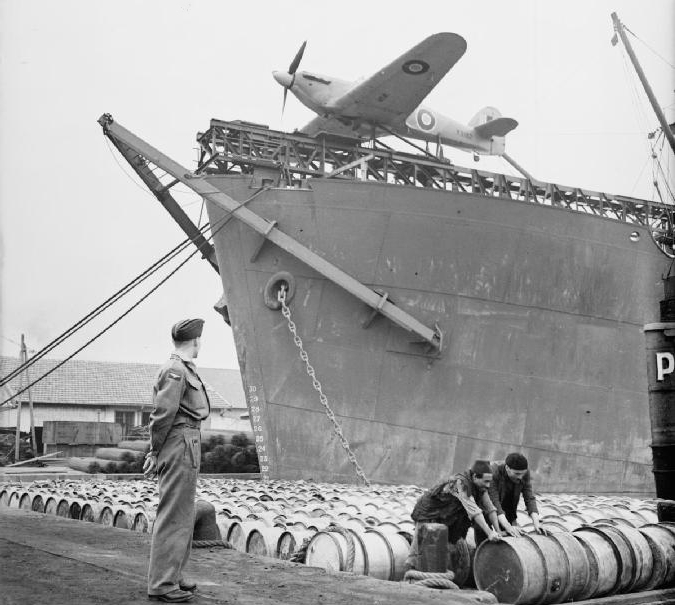 One of the lucky few to make it home after attracting the attention of the Luftwaffe and U-boats over several days, was the S.S. “Empire Tide”, but not before many close shaves. On 4 July 1942, when Heinkel 111 torpedo-bombers of KG. 26 launched an attack, the convoy's resultant defensive barrage hit the Empire Tide, damaging her rigging and derrick spars, and blowing away her gun telephone communications. This was probably the one occasion that her 'Hurricat' (a catapult-launched Hurricane fighter) may have been deployed to good effect, but with 'friendly fire' pouring over Empire Tide's bows, it was deemed too risky for F./O. 'Dickie' Turley-George to make it.
One of the lucky few to make it home after attracting the attention of the Luftwaffe and U-boats over several days, was the S.S. “Empire Tide”, but not before many close shaves. On 4 July 1942, when Heinkel 111 torpedo-bombers of KG. 26 launched an attack, the convoy's resultant defensive barrage hit the Empire Tide, damaging her rigging and derrick spars, and blowing away her gun telephone communications. This was probably the one occasion that her 'Hurricat' (a catapult-launched Hurricane fighter) may have been deployed to good effect, but with 'friendly fire' pouring over Empire Tide's bows, it was deemed too risky for F./O. 'Dickie' Turley-George to make it.
The majority of the 23 merchant ships to be lost in the convoy were victims of U-boat attack following the order to scatter. That Empire Tide escaped a similar fate is remarkable indeed and largely attributable to the magnificent work undertaken by Chief Engineer Alfred Henry Hughes and his fellow engineer officer deep in the Empire Tide's engine room. That fine work enabled Captain F. W. Harvey - who sighted no less than three surfaced U-boats - to make haste for Moller Island at 'all possible speed'.
Just how close Empire Tide came to sharing the fate of so many other ships of the convoy may be gleaned from the operational log book of Kapitain Reche in the U-255:
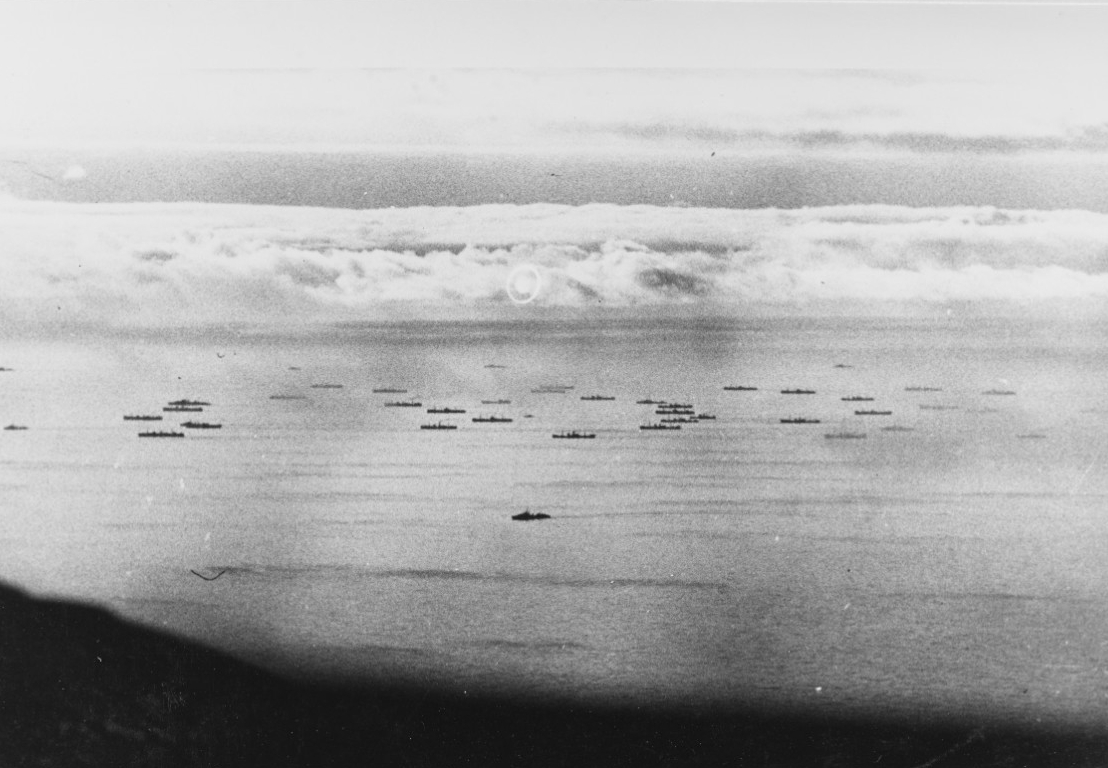 “Pinpoint AT. 4876, two freighters disappeared southwards. Have sunk Alcoa Ranger, ex New York, 5116 tones - aircraft. Big merchant vessel broke away to the north-west just beforehand. Am following hard.”
“Pinpoint AT. 4876, two freighters disappeared southwards. Have sunk Alcoa Ranger, ex New York, 5116 tones - aircraft. Big merchant vessel broke away to the north-west just beforehand. Am following hard.”
That 'big merchant vessel' was none other than Empire Tide, but Reche never caught her as she disappeared into the 'fog banks and sea-smoke that swirled and fumed about the floes and growlers'. Empire Tide reached the anchorage at Moller Bay on Novaya Zemlya's south-western coast, where there was a wireless station and small settlement, thereby allowing Captain Harvey to send a message to Archangel requesting urgent medical assistance for his wounded gunner; in due course a Russian Catalina arrived with a woman doctor.
Organising the evacuation of his only serious casualty was just the beginning of Captain Harvey's troubles, for over the next few days significant numbers of survivors pitched up at his barren refuge in assorted lifeboats and rafts, many of them in a seriously bad way. Before too long Empire Tide's new residents had numerically swollen out of all proportion, a position that put Harvey and his crew under great strain - the casualties were quartered in the officer's smoke room. At length, and with no pressure from Harvey and his crew, many of the new arrivals elected to go ashore, a decision that was duly recorded by Harvey in a signed declaration that rejected all liability for them - such was the tension that had built up over the intervening period. As it transpired, the 'campers' had to return to the Empire Tide red-faced, when salvation arrived in the form of a strong naval escort.
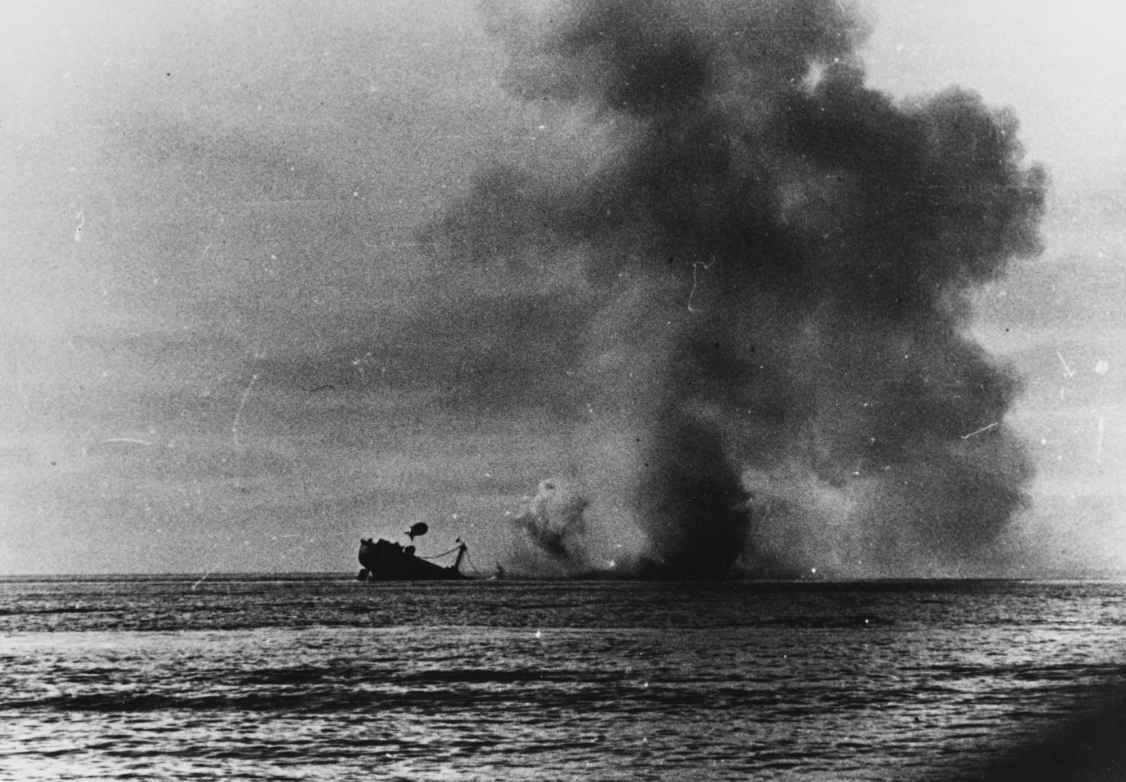 On 21 July the Empire Tide set course for Archangel, which port she reached without further incident on the 24th. Then in the second week of September, she undertook the return voyage to the U.K. Empire Tide's Master, Captain F. W. Harvey, was awarded the D.S.O., while Hughes and his fellow engineer officer received the D.S.C.; three members of her crew were awarded D.S.M.s and two others the B.E.M. Four of these recipients were also received the Lloyd's War Medal for Bravery at Sea: Just 104 of the latter being awarded in the last war.
On 21 July the Empire Tide set course for Archangel, which port she reached without further incident on the 24th. Then in the second week of September, she undertook the return voyage to the U.K. Empire Tide's Master, Captain F. W. Harvey, was awarded the D.S.O., while Hughes and his fellow engineer officer received the D.S.C.; three members of her crew were awarded D.S.M.s and two others the B.E.M. Four of these recipients were also received the Lloyd's War Medal for Bravery at Sea: Just 104 of the latter being awarded in the last war.
Buy the medals of Chief Engr. Alfred Henry Hughes.







